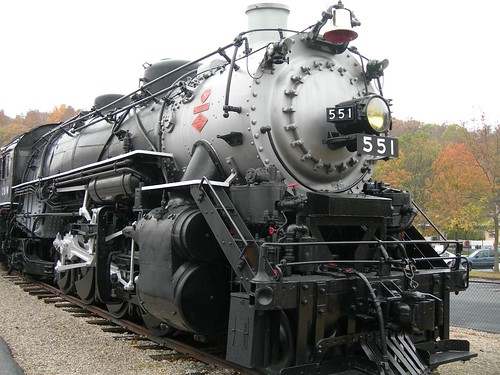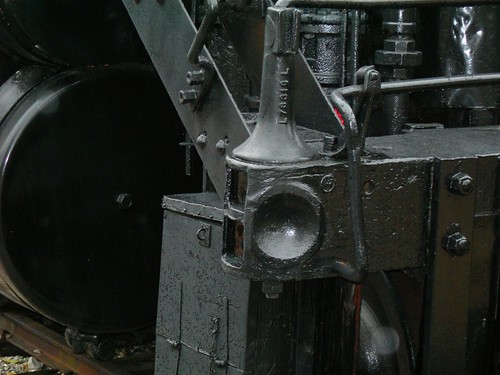Sometimes in a railyard they would want to move a car that did not have an engine on the same track. They would use a pole and engine on a parallel track to push the car. It sounds frighteningly dangerous. Here's how the Museum describes the procedure:
Dimple-like sockets are often found at the lower corners of freight cars, on the ends of locomotive pilot beams and on the rear corners of tenders. These were needed for a type of switching called "poling."
The car to be moved was not on the same track as the locomotive. This could be because the track was too weak to support the engine, or it could be that if the car were pulled out, it would not have been at the desired end of the engine.
The trainman positioned one end of a push pole in the dimple-like polin socket at the corner of the car, then the opposite end was carefully aimed at another socket on a slowly approaching engine. After contact was made, the trainman got out of the area; then the engine gave the car a shove. A brakeman would frequently ride the car to operate the handbrake so the car could be kept under control. When the speed slackened, the pole would drop to the ground.
This type of switching was very dangerous and was used only as a last resort, and is not done today.
You can see the dimple for pole on this locomotive in the lower middle portion of the picture.

And here is a close up of the dimple.

This reminds me that my job really isn't that bad.

No comments:
Post a Comment